The Narrow Boats of England’s inland canal waterways have always captured my imagination. To me these distinctive boats are a pinnacle of “form follows function” as they all look very similar being designed within a strict standard that will fit with the locks on the canal system throughout the UK.
A Narrow Boat must be under 7′ wide and most are kept to a maximum of 6′ 10″ and to a maximum length of 72′ and sometimes a bit smaller as there are some locks on the system that can not accommodate anything longer than 57′. 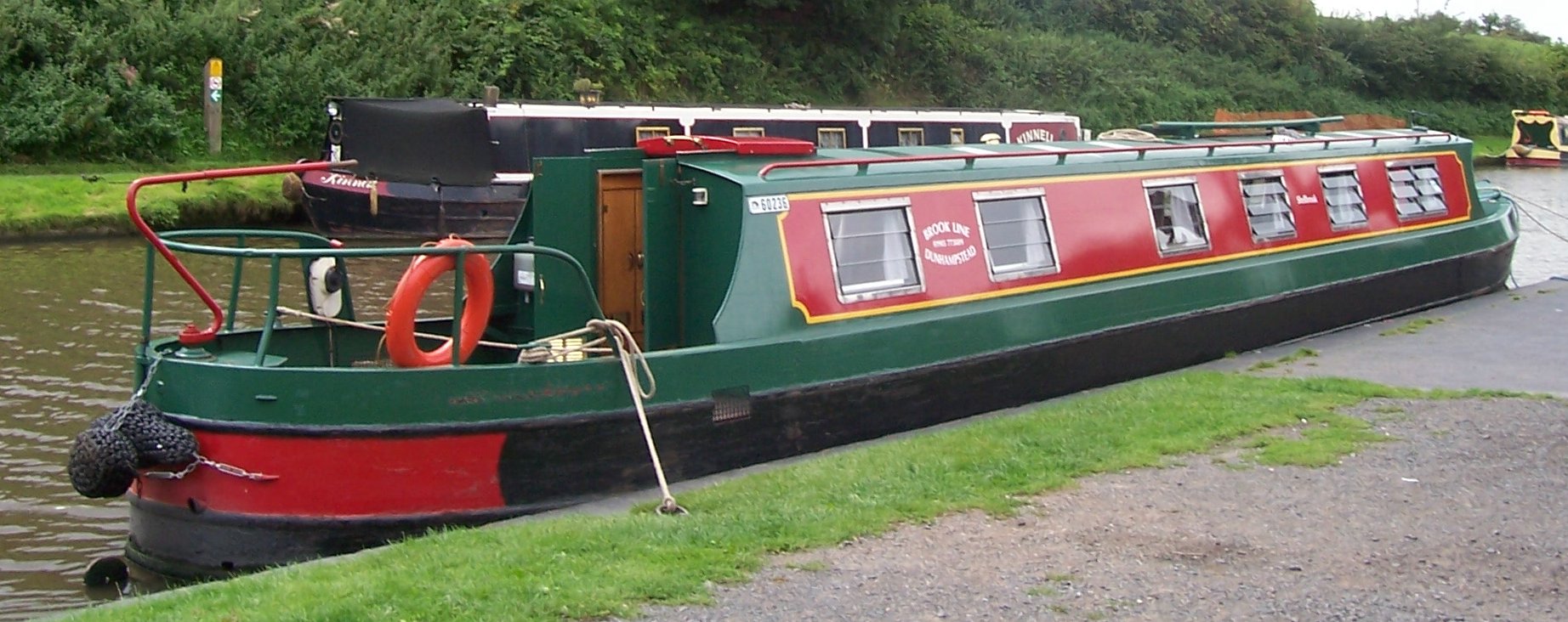 Originally these boats were more like simple barges with horses pulling them along with a rope on a tow path. With the development of compact steam engines, many became self powered and ultimately converted to diesel engines.
Originally these boats were more like simple barges with horses pulling them along with a rope on a tow path. With the development of compact steam engines, many became self powered and ultimately converted to diesel engines. 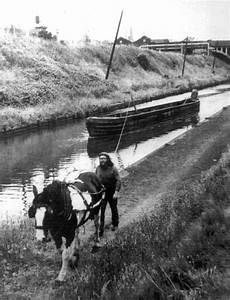 The canal system of the UK and the iconic narrow boats played a key role in the industrial revolution in England making it possible to cheaply move material throughout the country before the development of the railway system.
The canal system of the UK and the iconic narrow boats played a key role in the industrial revolution in England making it possible to cheaply move material throughout the country before the development of the railway system. 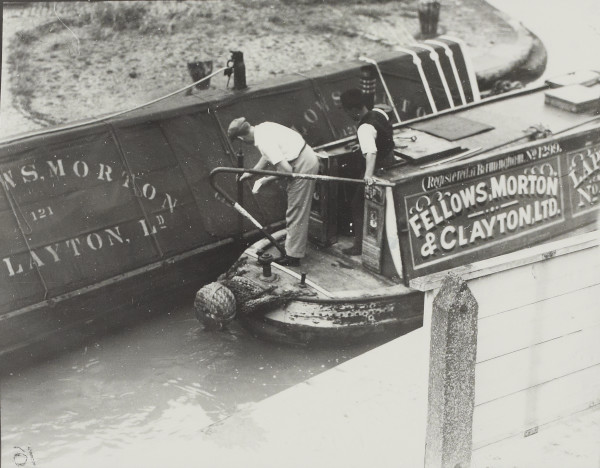 As canal traffic became the standard way to transport heavy cargo, shipping prices dropped precipitously with the cost to move coal dropping by 75%.
As canal traffic became the standard way to transport heavy cargo, shipping prices dropped precipitously with the cost to move coal dropping by 75%. 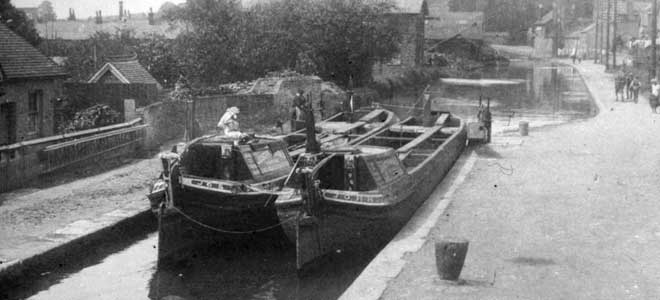 However, by the mid 20th century the canal system was all but abandoned in favor of train transport.
However, by the mid 20th century the canal system was all but abandoned in favor of train transport.
While the decline was years in the making, the winter of 1962/63 sounded the final death knell of commercial canal traffic when the canals completely froze the system, locking traffic in place for three months. Shippers made the final shift to the railroads and never turned back. 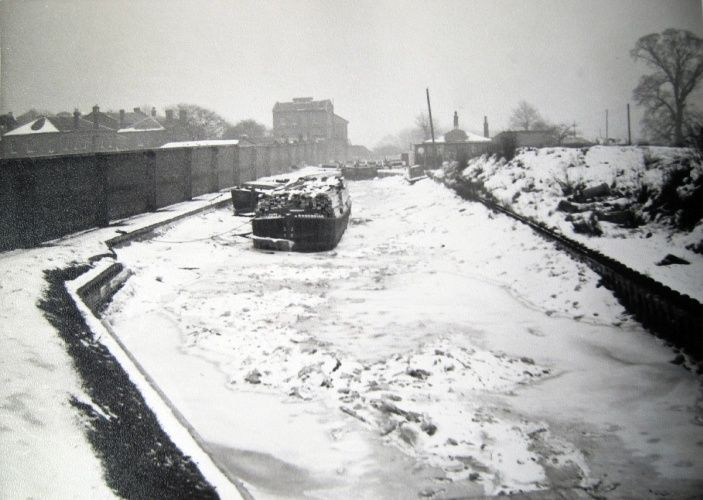 Even the trains struggled with the unusually cold and snowy winter but they got through.
Even the trains struggled with the unusually cold and snowy winter but they got through. 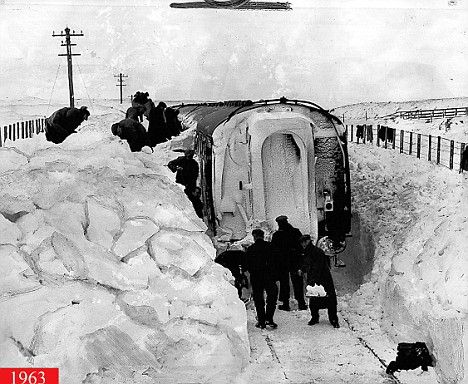 As you can imagine, it wasn’t long until much of the canal system fell into total disrepair.
As you can imagine, it wasn’t long until much of the canal system fell into total disrepair.
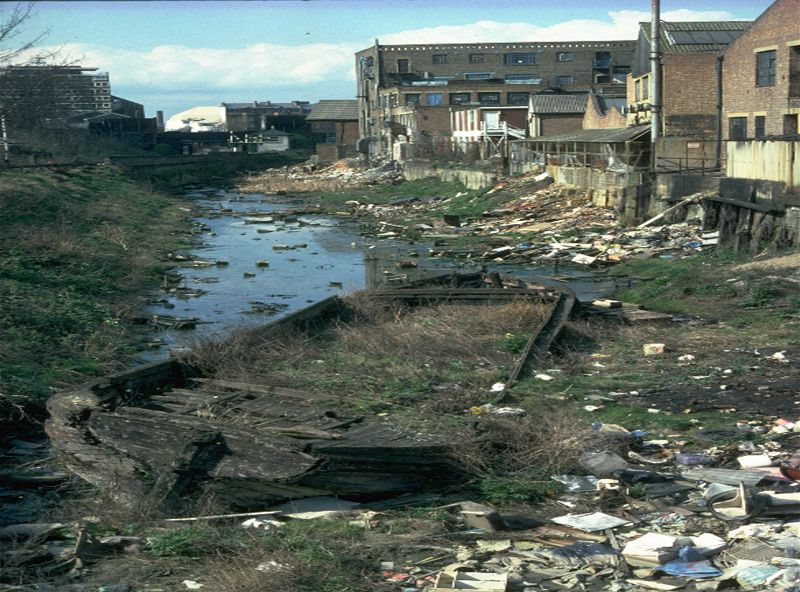 As is so often a basic truth, if you don’t use it, you loose it.
As is so often a basic truth, if you don’t use it, you loose it.
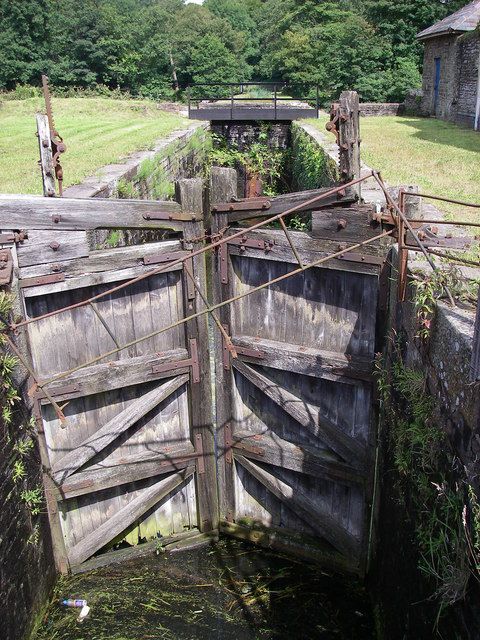 Today the system is thriving, thanks to a small group of enthusiasts that campaigned to repair the waterway. A particularly seminal moment in this reversal of fortune was the publication of the book Narrow Boat by L.T.C. Rolt, originally published in 1944. The author, Tom Rolt, brought attention to the decaying system.
Today the system is thriving, thanks to a small group of enthusiasts that campaigned to repair the waterway. A particularly seminal moment in this reversal of fortune was the publication of the book Narrow Boat by L.T.C. Rolt, originally published in 1944. The author, Tom Rolt, brought attention to the decaying system. 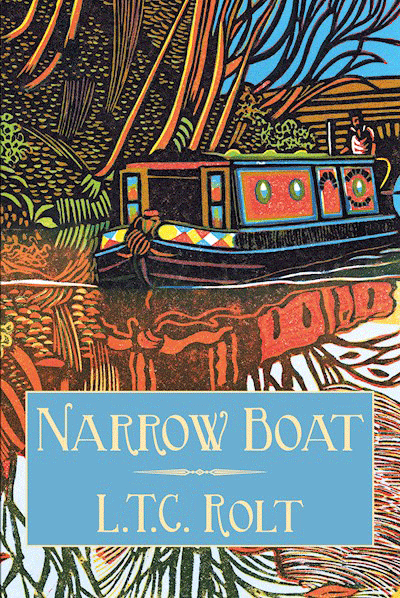 Many give credit to this book as being the catalyst that lead to the renewal of the canal system as it exists today. This book is still in print, after all these years, providing evidence of the enduring importance of his words.
Many give credit to this book as being the catalyst that lead to the renewal of the canal system as it exists today. This book is still in print, after all these years, providing evidence of the enduring importance of his words.
Here’s Tom on his beloved narrow boat, Cressy. He toured what remained of the the then decrepit canal system and founded the Inland Waterway Association in 1946 with a friend, Robert Aickman. This group remains a major force to this day in restoring and maintaining the canal system. 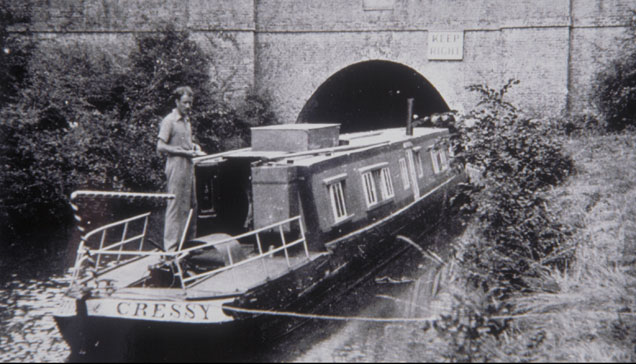 Robert Aickman aboard a narrow boat. He was a successful author of what is described as “supernatural fiction” whatever that is.
Robert Aickman aboard a narrow boat. He was a successful author of what is described as “supernatural fiction” whatever that is. 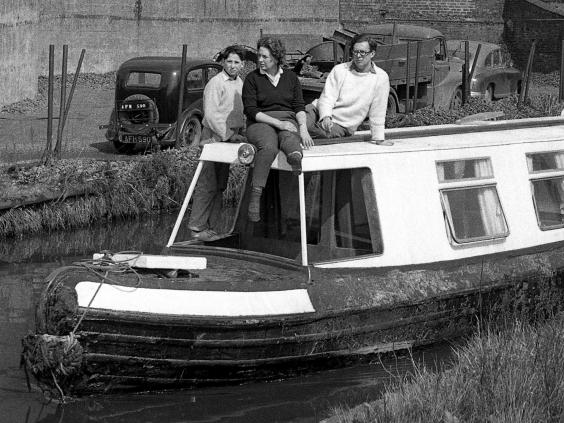 Remarkably, today there is in the neighborhood of 4,700 miles of navigable waterways in the UK with some 2,500 miles of those waterways primarily accessible by narrow boat. If you ever wonder about what can be accomplished by a single individual, consider the impact that both Rolt and Aickman had on what is now a thriving canal system with over 30,000 registered vessels in the UK alone.
Remarkably, today there is in the neighborhood of 4,700 miles of navigable waterways in the UK with some 2,500 miles of those waterways primarily accessible by narrow boat. If you ever wonder about what can be accomplished by a single individual, consider the impact that both Rolt and Aickman had on what is now a thriving canal system with over 30,000 registered vessels in the UK alone.
I am focused on all of this, beyond the obvious is this is all about boats, because, as I announced in a recent post, Brenda and I are planning a holiday to the UK in April, beginning with the annual meeting of the Ocean Cruising Club in Wales (I wrote about our plans and a few other random thoughts in this post). After that we plan to tour other areas and are considering renting a canal boat or should I say Narrow Boat.
The particular segment of the canal system that we are interested in is often described as the most popular one, crossing from England to Wales, the Llangollen Canal. This area of the canal system, under 50 miles, offers spectacular scenery along with a number of remarkable aqueducts and tunnels and is quite manageable for a week long holiday. When you think of the fact that this canal was built in the early 1800s, it’s an all the more impressive feat.
Perhaps the most amazing part of the journey on the Llangollen is the Pontcysyllte Aqueduct, a specatular bit of Victorian engineering. Named a world heritage site, it is lovingly maintained to this day. Check out this short tour. We’ve been watching a number of shows recently about the canal system and have particularly enjoyed a series highlighting various areas of the system, hosted by two British actors, Timothy West and his wife of 50 years Prunella Scales. Sadly, Prunella has been diagnosed with Alzheimer’s and her condition plays into the touching narrative. I urge you to view this 45 minute piece.Timothy West is a well know stage and film actor and, in addition to the above episode, made many others with his wife, covering other areas of the canals of Europe. It’s an impressive list and the number of episodes alone highlights the historic importance of canals in the history of Europe.
Prunella Scales, is someone who you will probably remember as playing opposite John Cleese, in the television series, Faulty Towers or perhaps in Monty Python skits over the years. 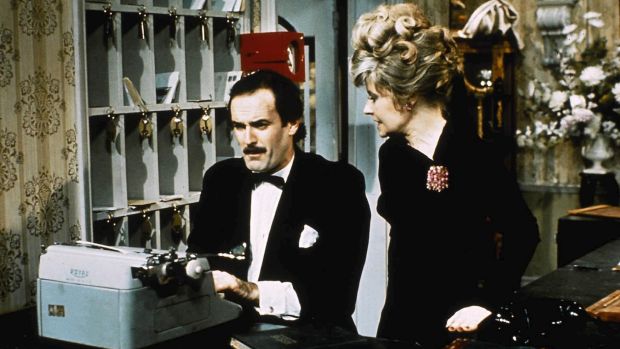 Anyway, West and Scales, who clearly have a love of canals and Narrow Boats, bring this wonderful lifestyle to life and I am hopeful that Brenda and I can find a way to fit a canal boat holiday into our trip in April.
Anyway, West and Scales, who clearly have a love of canals and Narrow Boats, bring this wonderful lifestyle to life and I am hopeful that Brenda and I can find a way to fit a canal boat holiday into our trip in April.
Perhaps the most impressive part of all of this is how the rebirth of the now thriving canal system in the UK was catalyzed by one man and the publication of a book shortly after the end of WWII and how that has grown into a thriving economy that attracts boaters from around the world. If the sheer number of videos on YouTube is any measure, the canals indeed mean a great deal to many people.
For me, the chance to visit the UK and spend time aboard a boat, now that would be very special indeed. Oh yeah, there’s one rub, we have to find someone to come along with us as Brenda’s freaking out about those pesky locks and don’t get her started about those scary aqueducts…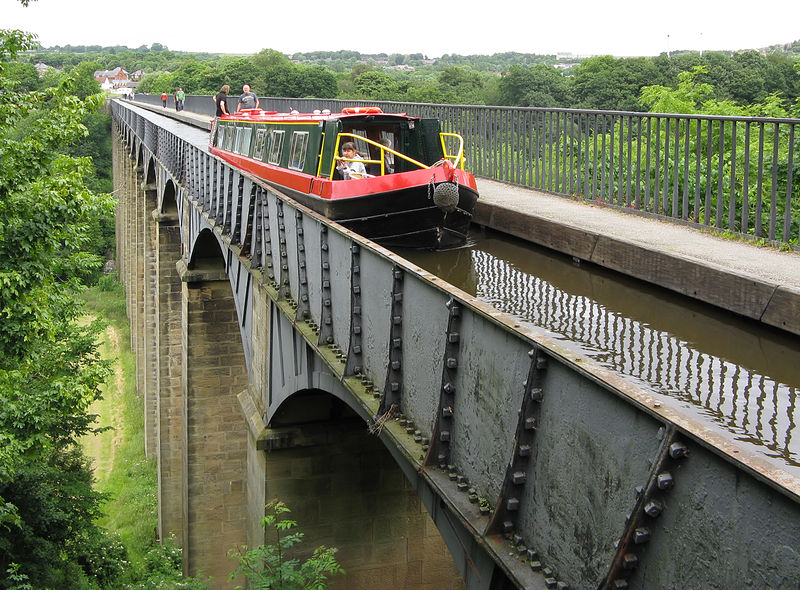 …and long dark tunnels.
…and long dark tunnels. 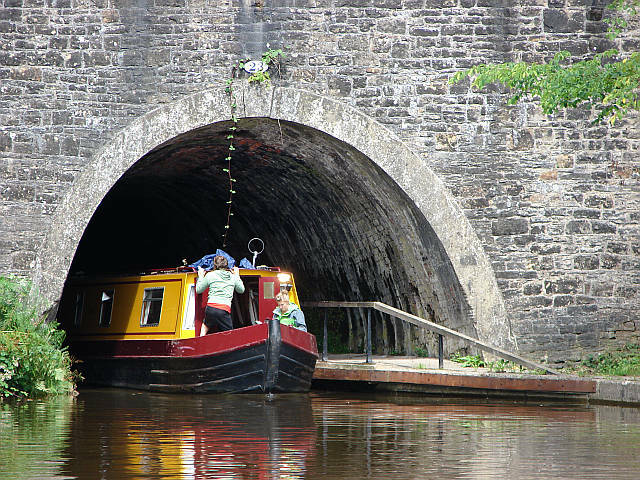 So, will we go? As Brenda once said, “Bob and the dog, ever hopeful.”
So, will we go? As Brenda once said, “Bob and the dog, ever hopeful.”
Way back in the 40s, Rolt and Aickman had hope when they had the bold idea of reviving the entire canal system. Me, my hope is a lot less ambitious. All I want to do is to go for a boat ride.
That’s me! Fingers crossed and, oh yes, the power of hope.

6 responses to “The Narrow Boats of England and the power of hope.”